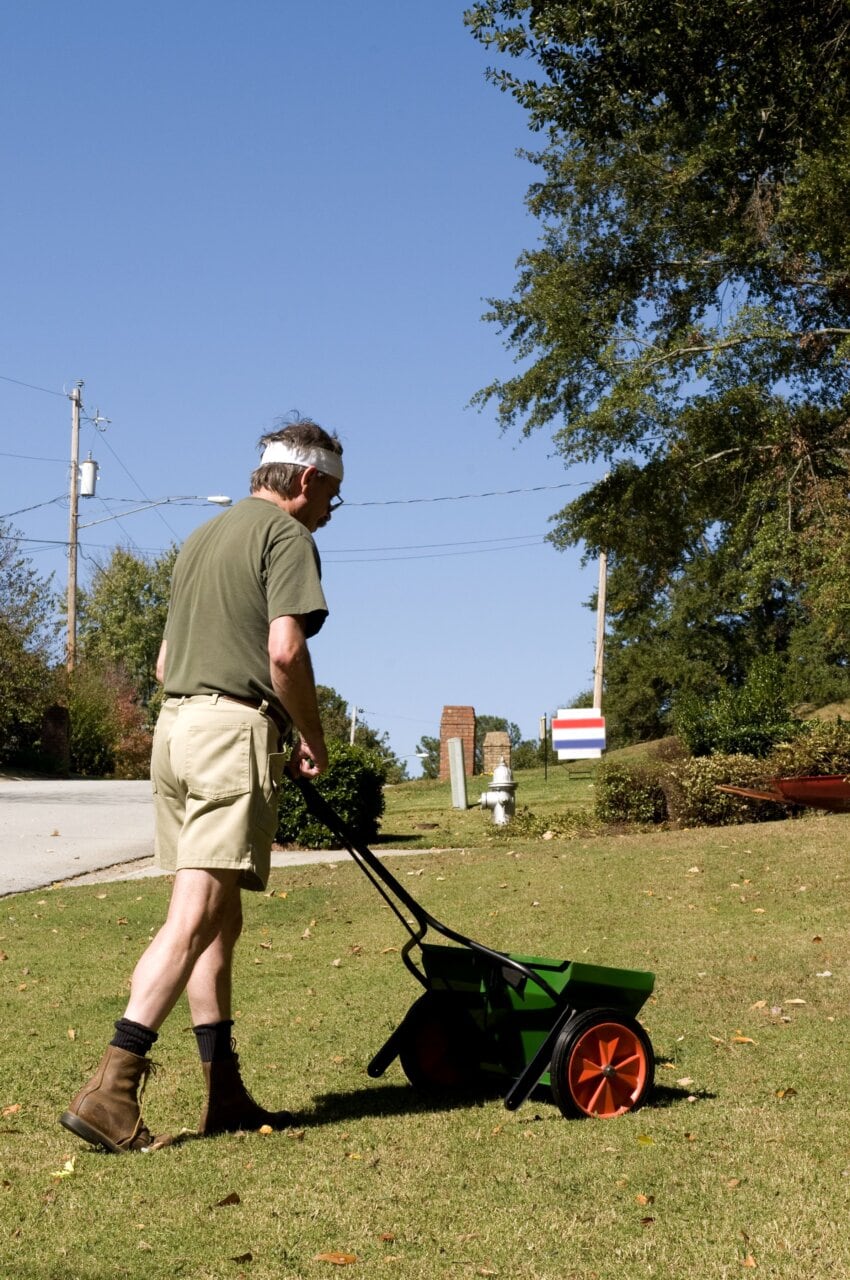Mastering Fertilizer Schedules for High-Volume Gardening

Maximizing Your Harvest: Mastering Fertilizer Schedules for High-Volume Gardening
Embarking on a high-volume gardening journey is an exciting adventure, but it's not just about planting and watering. To truly maximize your yield, you need to understand and master fertilizer schedules for high-volume gardening. Let's dive into the world of nutrient timing, organic fertilizers, and soil management to help you grow a bumper crop.
Understanding Your Plants' Nutrient Needs
Before we delve into schedules, let's first understand what our green friends need. Plants require three primary macronutrients: nitrogen (N), phosphorus (P), and potassium (K). Each plays a crucial role in plant growth:
- Nitrogen fuels leaf growth and gives plants their vibrant green color.
- Phosphorus promotes root development and flowering.
- Potassium boosts overall plant health and stress resistance.
The Art of Nutrient Timing
Timing your fertilizer applications is as important as what you're applying. Here's a simple breakdown:
Early Season (Spring)
At the start of the season, your plants are focusing on leaf growth. This is when they need a nitrogen boost. Apply a nitrogen-rich fertilizer, like urea or blood meal, to encourage lush foliage.
Mid-Season (Summer)
As the weather warms up, your plants start to flower and set fruit. This is when they need more phosphorus and potassium. Switch to a fertilizer with a higher P and K ratio, like bone meal or potash.
Late Season (Fall)
As the season winds down, plants start to prepare for winter. This is a good time to apply a balanced fertilizer or an organic compost to help replenish your soil and set your plants up for next year.
Organic Fertilizers: Nature's Gold
Organic fertilizers are a gardener's best friend. They not only feed your plants but also improve your soil's health. Here are a few favorites:
- Compost: The king of organic fertilizers, compost improves soil structure, adds nutrients, and suppresses diseases.
- Manure: Whether it's chicken, cow, or horse, manure provides a slow-release source of nutrients.
- Blood Meal and Bone Meal: These animal by-products are high in nitrogen and phosphorus, respectively.
Soil Management: The Secret to High Yields
Healthy soil is the foundation of high-volume gardening. Here's how to manage your soil for maximum yields:
- Test Your Soil: Before you start, get a soil test to understand your soil's pH and nutrient levels.
- Mulch: A layer of organic mulch helps retain moisture, suppresses weeds, and adds nutrients as it breaks down.
- Crop Rotation: Moving plants around prevents disease and nutrient depletion. It's like giving your soil a vacation!
Fertilizer Schedules for High-Volume Gardening: A Sample Schedule
Here's a sample fertilizer schedule for a high-volume vegetable garden:
| Planting Time | Fertilizer |
|---|---|
| Early Spring (March-April) | 1" of compost + Blood Meal (high N) |
| Late Spring (May) | Fish Emulsion (balanced) |
| Summer (June-August) | Bone Meal (high P) + Potash (high K) |
| Fall (September-October) | Compost + Manure |
When to Fertilize: A Few Tips
- Water First: Always water your plants before fertilizing to prevent burning their roots.
- Avoid Rain: Try to fertilize just before a rainstorm to help wash the nutrients into the soil.
- Follow the Label: Always follow the instructions on your fertilizer package.
Crop Yield: The Reward of Your Labor
With the right fertilizer schedules for high-volume gardening, you'll be rewarded with bountiful harvests. Imagine the satisfaction of growing enough vegetables to feed your family and friends, or even sell at a local market.
Conclusion
Mastering fertilizer schedules for high-volume gardening is a journey, but it's one that's well worth taking. By understanding your plants' needs, timing your fertilizer applications, and managing your soil, you'll be well on your way to growing a bumper crop.
For more detailed information on fertilizing, check out this helpful guide from Gardeners.com: Fertilizing Your Garden.
FAQs
-
Q: How often should I fertilize my garden? A: It depends on the plant and the fertilizer, but generally, every 4-6 weeks is a good rule of thumb.
-
Q: Can I use too much fertilizer? A: Yes, over-fertilizing can burn your plants and harm the environment. Always follow the package instructions.
-
Q: What's the best way to apply fertilizer? A: It depends on the fertilizer, but generally, spreading it around the base of your plants and watering it in is best.
-
Q: Can I use coffee grounds as fertilizer? A: Yes, coffee grounds are a great source of nitrogen and can help improve your soil's structure.
-
Q: How can I tell if my plants need more fertilizer? A: Yellowing leaves, slow growth, and poor flowering or fruiting can all be signs of nutrient deficiency.
0 Response to " Mastering Fertilizer Schedules for High-Volume Gardening"
Post a Comment